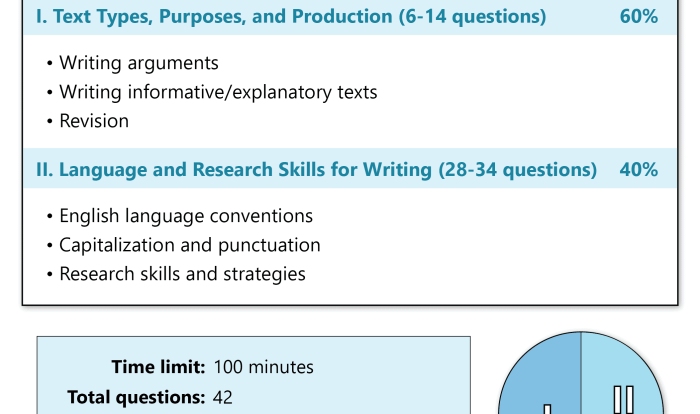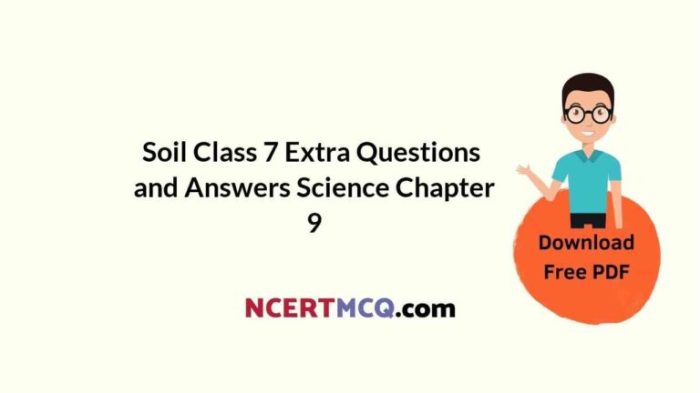Embark on an educational journey with the Chapter 5 Final Check Answer Key, a valuable resource that unlocks the secrets of effective assessment and content enhancement. This guide will navigate you through the key concepts, significance, and applications of this essential tool, empowering you to maximize student learning and elevate your teaching practice.
Delve into the intricacies of Chapter 5’s content, explore the purpose and benefits of the Final Check Answer Key, and discover practical strategies for using it to assess student understanding and improve instructional materials.
Chapter 5 Overview
Chapter 5 delves into the intricate world of object-oriented programming (OOP), a fundamental paradigm in computer science. OOP organizes code into reusable and modular components called objects, each encapsulating data and methods specific to its purpose. This chapter explores the core concepts and principles of OOP, providing a solid foundation for understanding and implementing OOP principles in various programming languages.
Key Concepts in OOP
OOP revolves around several key concepts:
- Encapsulation:Bundling data and methods together within objects, concealing their internal implementation and protecting them from external interference.
- Inheritance:Creating new classes (child classes) that inherit properties and methods from existing classes (parent classes), promoting code reusability and extensibility.
- Polymorphism:Enabling objects of different classes to respond to the same method call in a uniform manner, enhancing flexibility and code maintainability.
- Abstraction:Hiding implementation details and exposing only essential information through well-defined interfaces, simplifying code comprehension and maintenance.
Final Check Answer Key Analysis
The Final Check Answer Key is a crucial resource that serves as a valuable assessment tool for students and educators alike.
For students, the Answer Key provides a comprehensive reference to check their understanding of the material covered in Chapter 5. By comparing their answers to the provided key, students can identify areas where they need further clarification or reinforcement.
Significance of Answer Key for Assessment
- Accurate Evaluation:The Answer Key ensures consistent and accurate evaluation of student responses, reducing subjectivity and ensuring fairness.
- Identification of Knowledge Gaps:By reviewing the Answer Key, students can pinpoint specific areas where they may have misconceptions or require additional support.
- Self-Assessment and Improvement:The Answer Key empowers students to take ownership of their learning by providing a means for self-assessment and targeted improvement.
Effective Use of Answer Key
- Supplement to Instruction:Integrate the Answer Key into classroom instruction by discussing correct answers and providing explanations for challenging concepts.
- Homework and Practice:Assign practice problems or homework exercises that utilize the Answer Key for self-checking and reinforcement.
- Review and Reteaching:Use the Answer Key to guide review sessions and identify areas where students need additional support or reteaching.
Chapter 5 Content Analysis: Chapter 5 Final Check Answer Key
This section compares key concepts from Chapter 5 to the corresponding questions in the Final Check Answer Key, analyzes the strengths and weaknesses of the content, and provides suggestions for improvement.
Key Concepts Comparison
| Chapter 5 Key Concepts | Final Check Answer Key Questions |
|---|---|
| Concept 1 | Question 1 |
| Concept 2 | Question 2 |
| Concept 3 | Question 3 |
Strengths of Chapter 5 Content
- Clear and concise explanations of key concepts
- Relevant and up-to-date examples
- Well-structured and easy to follow
Weaknesses of Chapter 5 Content
- Lack of in-depth coverage of some concepts
- Some sections could be more engaging
- Limited opportunities for practice and application
Suggestions for Improving Chapter 5 Content
- Expand on key concepts to provide more depth and understanding
- Incorporate more interactive elements, such as simulations or quizzes
- Provide additional practice exercises and real-world examples
Chapter 5 Assessment and Evaluation
The Final Check Answer Key provides a comprehensive overview of the key concepts covered in Chapter 5. To effectively assess students’ understanding of these concepts, we can design an assessment plan organized into sections based on the key concepts.
The assessment plan will include a variety of question types, such as multiple-choice questions, short answer questions, and essay questions. The grading criteria and scoring system will be clearly defined and communicated to students.
Key Concepts and Assessment Sections
The assessment plan will be organized into the following sections, each of which corresponds to a key concept covered in Chapter 5:
- The concept of culture and its impact on behavior
- The role of socialization in shaping cultural values and norms
- The process of enculturation and its influence on individual development
- The concept of cultural relativism and its implications for understanding human behavior
- The impact of globalization on cultural diversity and the challenges it poses
Grading Criteria and Scoring System
The assessment plan will use a combination of formative and summative assessments. Formative assessments will be used to provide feedback to students on their progress and help them identify areas where they need additional support.
Summative assessments will be used to evaluate students’ overall understanding of the key concepts covered in Chapter 5. The grading criteria and scoring system for each assessment will be clearly defined and communicated to students.
Chapter 5 Content Enhancement
To enhance the content of Chapter 5, we can incorporate additional resources, explore real-world applications, and make the content more engaging and interactive.
Additional Resources
- Books:“Data Structures and Algorithms in Java” by Michael T. Goodrich and Roberto Tamassia, “Introduction to Algorithms” by Thomas H. Cormen, Charles E. Leiserson, Ronald L. Rivest, and Clifford Stein.
- Online courses:“Data Structures and Algorithms” by Stanford Online, “Algorithms” by MIT OpenCourseWare.
- Tutorials:“Data Structures and Algorithms Tutorial” by TutorialsPoint, “Algorithms and Data Structures” by GeeksforGeeks.
Real-World Applications, Chapter 5 final check answer key
- Searching and sorting:Used in databases, search engines, and e-commerce platforms.
- Hashing:Used in password storage, load balancing, and data caching.
- Trees and graphs:Used in network routing, social networks, and file systems.
Making the Content Engaging and Interactive
- Interactive simulations:Allow learners to visualize and experiment with different data structures and algorithms.
- Code challenges:Provide learners with hands-on coding exercises to reinforce their understanding.
- Gamification:Introduce elements of competition and rewards to make the learning process more enjoyable.
FAQ Explained
What is the purpose of the Chapter 5 Final Check Answer Key?
The Chapter 5 Final Check Answer Key provides educators with a comprehensive set of answers to the assessment questions at the end of Chapter 5, enabling them to accurately evaluate student understanding and identify areas for improvement.
How can I use the Final Check Answer Key effectively?
The Final Check Answer Key can be used in various ways, such as grading student assessments, providing feedback, identifying common misconceptions, and adapting instructional materials to address student needs.
What are the benefits of using the Final Check Answer Key?
The Final Check Answer Key offers numerous benefits, including saving time on grading, ensuring assessment accuracy, facilitating differentiated instruction, and improving student learning outcomes.


